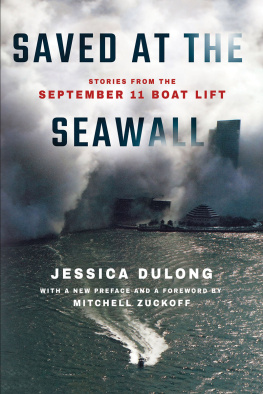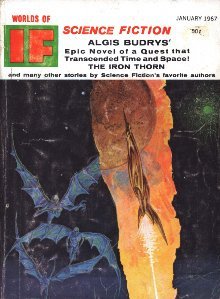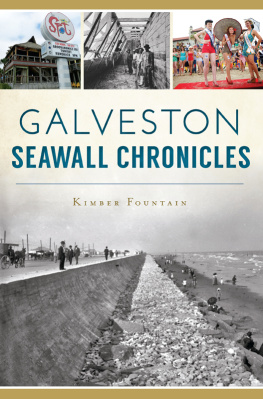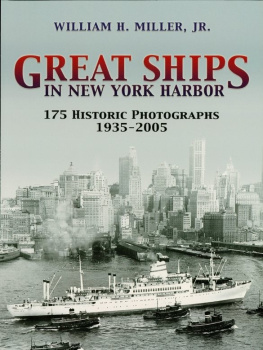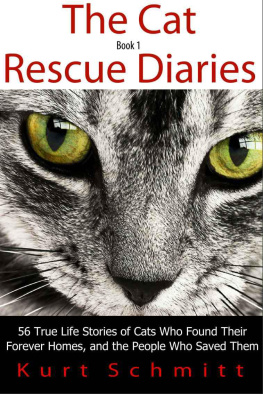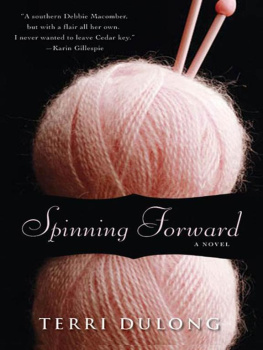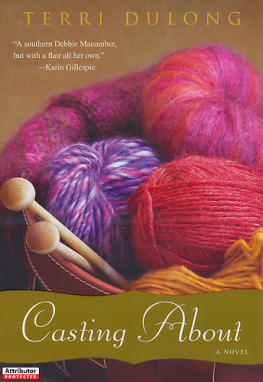ACKNOWLEDGMENTS
THIS BOOK IS based on the first-person accounts of people who shared with me their proudest and their darkest moments, some recounting for the first time their experiences during those fraught hours. I am humbled by their generosity and awed by the resourcefulness, joint action, compassion, and power of New York harbors maritime community, harnessed that day to save countless souls.
Innumerable people helped me locate interview sources, including: Bonnie Aldinger, Brandon Brewer, Andy Brooks, Jim Campanelli, Rose Craig, Dan Croce, John Doswell, Jim Ellis, Leslie Gilbert Elman, Linda Galloway Farrell, Tom Ferrie, Nancy Gamerman, Della Louise Hasselle, Pete Johansen, Patrick Kinnier, Edward Knoblauch, Kaitlin Knoblick, Eric Kosper, Erika Kuciw, Madison Meadows, Harry Milkman, Ellen Neuborne, Rose Newnham, Timothy OBrien, Kelley OConnor-Iacobaccio, Kelly Palazzi, Jeanne Park, Jean Preece, Carolina Salguero, Jenna Schnuer, Skipper Shaffer, Sue Shapiro, Rich Siller, Christian Sorensen, Charlie Suisman, Christina Sun, Russell Tippets, Alex Weisler, Lewis Werner, Stephanie Wien, and Fred Woolverton.
Huge thank-yous to Paul Amico, Pete Capelotti, Huntley Gill, Pat Harris, Chris Havern, Tim Ivory, James Kendra, Bob Lenney, Greg Scharfstein, and Tricia Wachtendorf for answering research questions of all sorts. Generous assistance also came from Staceyann Chin and Myrna Shinbaum. Instrumental to my reporting were photographs taken/provided by Robert Deutsch, Greg Frietas, Jerry Grandinetti, Greg Hanchrow, Pete Johansen, Angela Krevey, Karen Lacey, Mike Littlefield, Carolina Salguero, Mort Starobin, Rick Thornton, and Fred Wehner, as well as the officers of the NYPD Aviation Unit.
Im grateful to Molly Mulhern for dreaming up this project and trusting me to write it, Janet Robbins for patience while I tied up loose ends, and Christopher Brown for shepherding the hardcover to the finish line and then permitting its rebirth in paperback.
Im deeply indebted to Michael McGandy and the whole Three Hills/Cornell University Press teamMartyn Beeny, Adriana Ferriera, Clare Jones, Mike Morris, Ange Romeo-Hall, and Brock Schnokefor recognizing the importance of this history, bringing this paperback to life, and helping the boat lift story reach new readers.
Thank you to the brilliant cartographer Mike Bechthold for taking such care while making new maps for this edition. I am truly honored that Mitchell Zuckoff, author of the extraordinary Fall and Rise, agreed to share his unique vantage point, putting into larger context the role of the maritime evacuation on this landmark day.
Im grateful to Spike Lee and his team, including Judy Aley and Cara Fitts, for documenting and spotlighting the stories of people who, in times of trouble, stand up to help others.
Thanks to Kent Barwick, Huntley Gill, Clay Hiles, Mark Kramer, Leslie Meredith, Ellen Neuborne, and Nancy Rawlinson for tremendous grant application help. Crucial financial support came from the Furthermore grants in publishing, a program of the J.M. Kaplan Fund, through the gracious sponsorship of the North River Historic Ship Society. Thanks also to James Gregorio for always being in my corner.
I cannot overstate the critical importance of the narrative counsel and cheerleading provided at pivotal moments by Trevor Corson, Burke Gerstenschlager, Katia Hetter, Mai Lauren Hoang, Anu Partanen, and Ellen Rubin. With their generous feedback and support, both Mark Kramer and Geoff Shandler granted me new ideas and narrative directions at make-or-break moments. Marks steadfast guidance and mentorship has meant the world to me. Ben Rubin graciously read and commented on portions of this material far more times than anyone should ever have had to. And Nancy Rawlinson rescued the book when it was headed for the rocks. Without her warm-yet-tough coaching and keen editorial eye this book would not exist.
My life was forever changed the day I met my agent Joy Tutela, whose unflagging commitment, wise counsel, and friendship I treasure. There is no fiercer champion; I am so grateful to her and the David Black Agency team.
Thank you to the crew of fireboat John J. Harvey (especially the engineering team of John Browne, Jeff Griswold, Jim Travis, Paul Toledano, and Wendy Range) for keeping things running smoothly during my book-related absences. And thank you to all the loving and diligent sitters and teachers who gave me the peace of mind that permitted uninterrupted hours of writing.
Finally, the support and encouragement of my family, including Gretchen and Peter DuLong and Ellen and Harold Rubin, have made all things possible. A special thank you to my mother and sister, Molly Hanrahan, for heroic hotel-room baby wrangling that granted me the space to study craft each year at the ever-nourishing Power of Narrative conferences.
Thank you, Zillin and Jude, for your laughter, which lights the way. And thank you, Ben, for your love, patience, and unyielding support; for covering for me in countless ways; and for your unwavering belief in this project even when I was plagued with doubt. There are no words sufficient to express my gratitude for the chance to walk shoulder to shoulder with you on this journey.
CHAPTER
It was a jet. It was a jet. It was a jet.
AS THE SUN TRACKS ACROSS THE SKY ON THIS OVERCAST, 78-degree morning, the clouds part ways leaving behind a mazarine blue. There is no dust. No smoke. The heaviness in todays air is only the humidity of late summer. A forest of sailboat masts bobs in the rectangular notch of Manhattans North Cove. The propeller wash from New York Waterway and Liberty Landing ferries dropping off and picking up passengers at the new World Financial Center terminal, 150 paces or so to the north of the small harbor, pushes little waves through the 75-foot gap in the breakwater. Mis Moondance, a 66-foot charter yacht, motors in and maneuvers into a slip among the wooden floating docks. A blue and white police boat holds station just outside the coves entrance, blue light flashing above the pilothouse.
To a casual observer, unaware of the date, it might be hard to say if this quiet is just the regular hush of Sunday or something more solemn. Certainly the pedestrian plaza is far less populated on Sundays than it would be on a weekday morninga Tuesday morning, say. Surely all the street closures and police barricades thwarting access have kept some people away, while reminding any who might have momentarily forgotten that this is no ordinary day.
Several blocks inland, beneath the trees in the National September 11 Memorial plaza, the fifteenth anniversary commemoration has begun. About 8,000 people have assembled for this years annual ritual. Families of those lost will read, 30 at a time, who died from injuries or exposures sustained 15 years ago today, plus the six killed in the bombing of the World Trade Center on February 26, 1993.
At 8:46 A.M., bells ring in the plaza and across New York City to announce the first of six moments of silence. This one marks the moment when American Airlines Flight 11 ripped through the northern facade of the World Trade Centers North Tower between the ninety-third and ninety-ninth floors. By the waters edge, the chuff-chuff-chuff of a helicopter hovering over the Hudson never lets up. Silence on the waterfront is merely theoretical.
Sunday joggers, earbuds in, digital music players strapped around biceps, continue on their morning runs. Bicyclists keep biking, tourists snap photographs, parents herd young children. But two New York Waterway ferries pause, foregoing their usual over and back, over and back, to linger in reverence. Above them glints the new 1 World Trade Center, the base of its spire reflected in an adjacent skyscraper, also new. Between them stands a third tower, still under construction, the outstretched arm of a crane loitering above its uppermost reachesa skeleton waiting for workers to finish grafting on its reflective skin.

